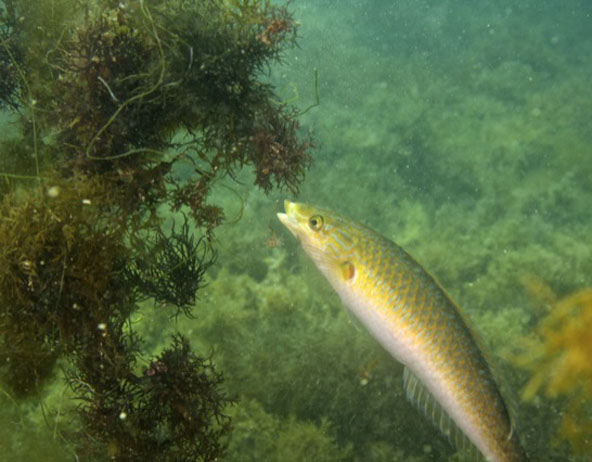
However, cheaper still is the use of finely ground seaweed meal made from brown seaweeds; the alginate in the seaweed acts as the binder. The binder may be a significant proportion of the price of the feed so seaweed meal is a much better choice. However, since the trend is to move to dry feed rather than wet, this market is not expected to expand.
This is also a market for fresh seaweed as a feed for abalone. In Australia, the brown seaweed Macrocystis pyrifera and the red seaweed Gracilaria edulis have been used. In South Africa, Porphyra is in demand for abalone feed and recommendations have been made for the management of the wild population of the seaweed. Pacific Dulse (Palmaria mollis) has been found to be a valuable food for the red abalone, Haliotis rufescens, and development of land-based cultivation has been undertakes with a view to producing commercial quantities of the seaweed. The green seaweed, Ulva lactuca, has been fed to Haliotis tuberculata and H.discus. Feeding trials showed that abalone growth is greatly improved by a high protein content, and this is attained by culturing the seaweed with high levels of ammonia present.
We have this available on https://seatechbioproducts.com/animal-marine-algae-micro-and-macro-seaweeds.html
A guide to the seaweed industry- FAO- Dennish J.McHugh (Page 94)
Photo: http://www.oilgae.com/blog/2014/09/originoil-partnering-with-algasol-renewables-for-algae-fish-feed-production.html